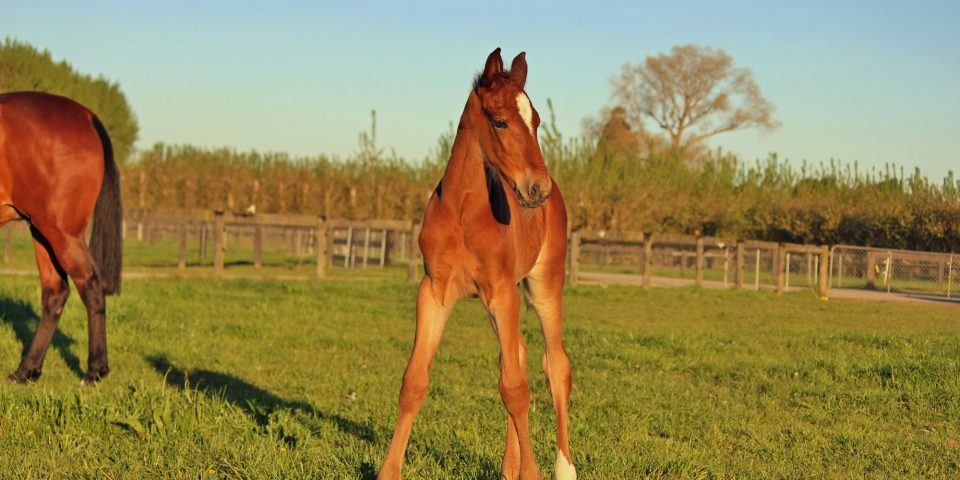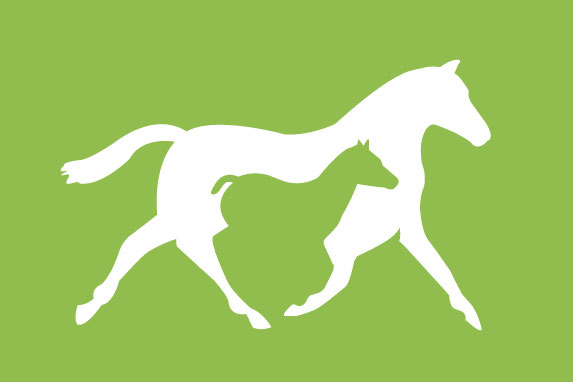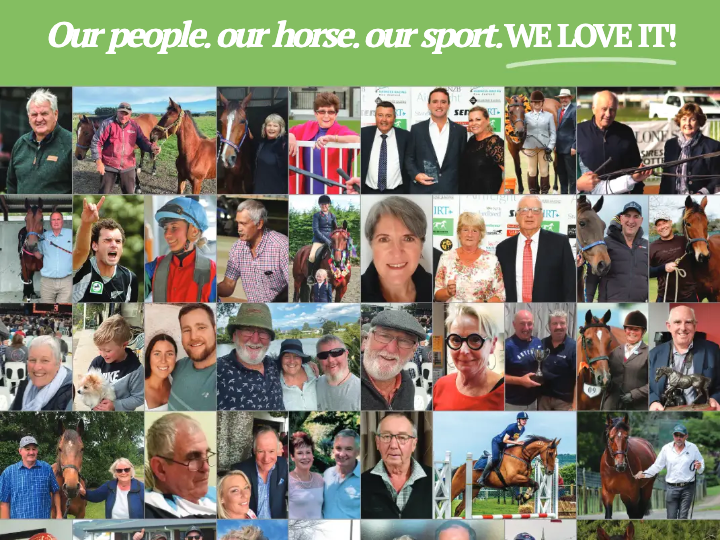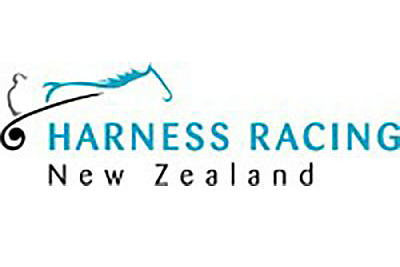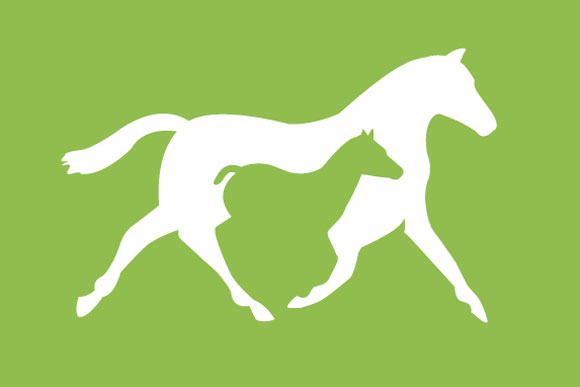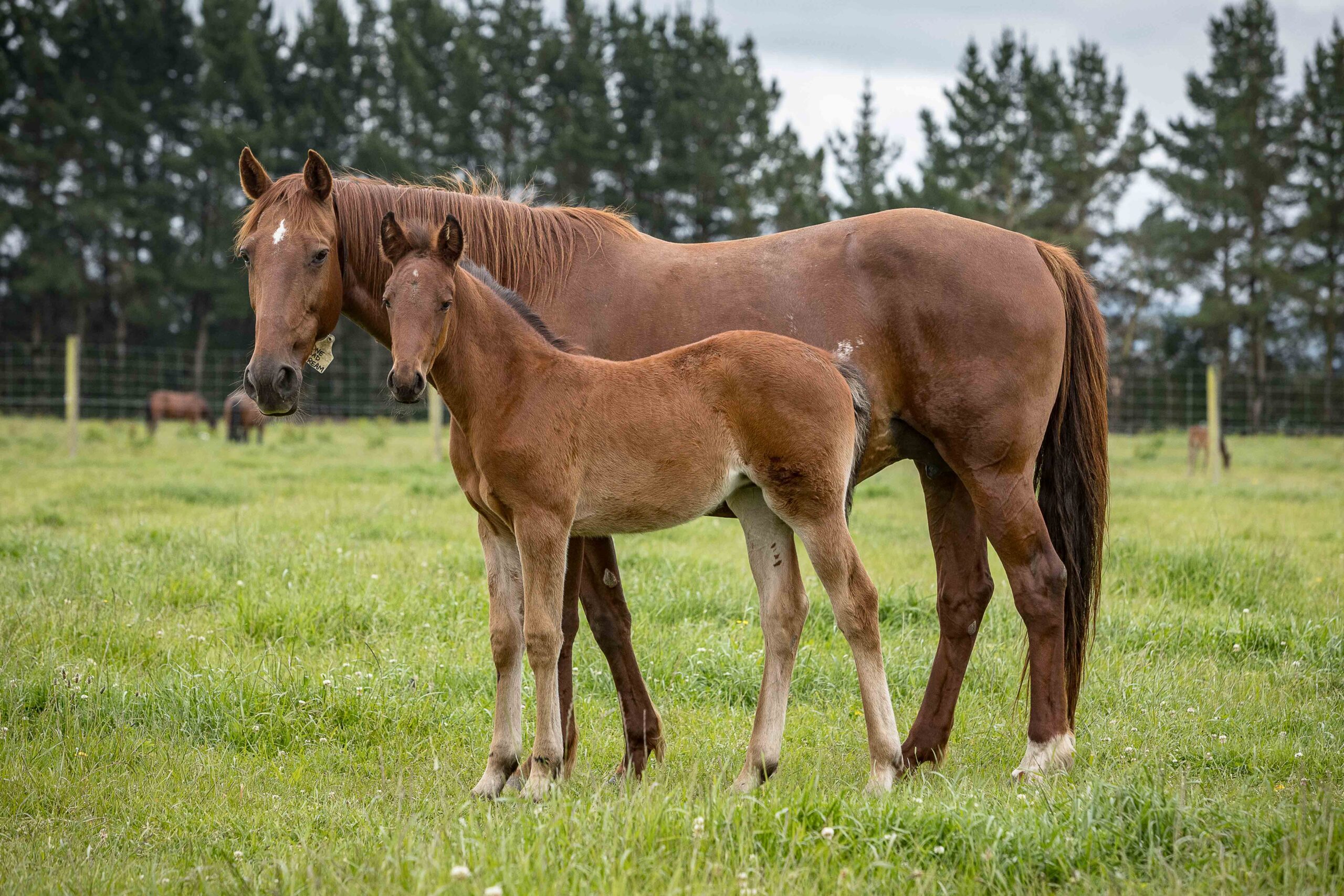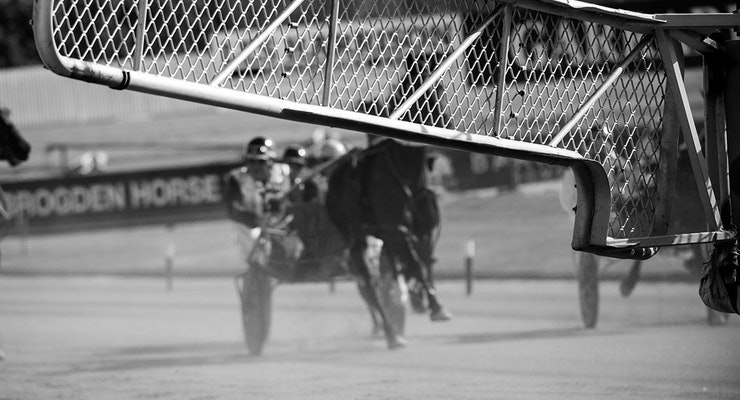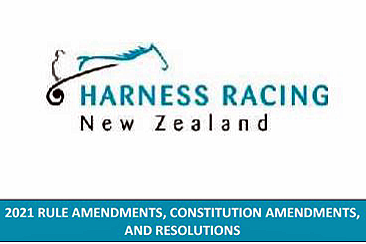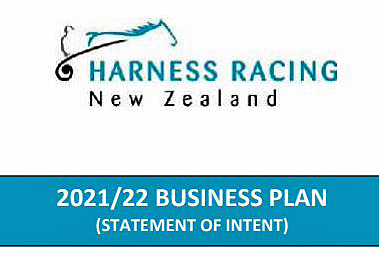Why a Breeders Organisation?
April 25 2020
By Katrina Price, Southland NZSBA Delegate
Covid-19 is set to herald societal change and financial hardship on a level rarely seen in modern history. Indeed, a pre-Covid world already feels like a distant memory and much different from the reality we are poised to face. The racing industry, already vulnerable as evidenced by the need for the Messara Report, has some difficult financial and strategic decisions ahead. Speculation that the National Body of the New Zealand Standardbred Breeders Association will lose all / most of its funding from Harness Racing New Zealand, led me to question the value of a national body of breeders. In a nutshell, Is the ‘Breeders’ worth fighting for? Does it contribute enough value in terms of the greater good of the entire racing industry?
Breeders are 100% in control of the future supply of horse population. Without horses, there is no harness racing for the other sectors of the industry to earn a living from. Breeders are the producers of the product we offer to our customer – the bettor. It is also the sale of horses that earn export dollars. We should be under no illusion that it is the economic benefits arising from horse racing, that is our greatest leverage in currying necessary governmental support for the racing industry.
In any business, it is prudent to nurture the part of the business that one is best at. Fair to say that it is within the breeding segment of harness racing, that New Zealand holds the comparative advantage over its trading partners and other racing jurisdictions. New Zealand is recognised as one of the best countries in the world to breed racehorses, largely due to natural conditions such as climate, topography and soil types which cannot be replicated in other countries. However, we cannot afford to be complacent, as other jurisdictions are investing at much higher rates to support their breeding programs.
The very nature of breeding differentiates breeders as future-focused. Planning to breed a mare is essentially preparing a three to five year strategic plan, thus breeders have a long-term commitment to the industry. Due to the long-term investment the breeders have already made to produce a horse, they are more likely to retain horses in training during an economic recession, than perhaps a syndicate member with a small short-term stake in a horse. Obviously as well as horses, the industry needs owners to pay for trainers etc. Note: 50% of horses raced have the breeder in the ownership.
One of the many activities NZSBA has conducted over a number of years has been the analysis of the demographics of New Zealand Standardbred breeders. A perceived ‘weaknesses’ has been the aging population. However, the demographic of the average breeder may in fact, shelter some of them against some of the economic fallout of Covid-19. Fifty-five percent of breeders are aged >61 years. Due to age and stage of life, many breeder-owners have already accumulated their cash and assets which allow them to afford to have a racehorse. Unfortunately, other demographics are unlikely to have such a resilient discretionary income in the projected recessionary times ahead.
Our best (and cheapest) business strategy is to look after the customers we already have, those who have bred their mares in the last two years. Our breeders are amongst the best-positioned to still be able to afford to race horses post-Covid 19 which provides essential income for the other sectors making up the harness racing industry. However, it is of utmost importance to show these customers they are valued and support their needs so they don’t exit the industry.
If breeders are not fully supported this season by the studs, HRNZ and NZSBA there is likely to be a large decrease in mares bred, resulting in a shortage of horses at the very time the economy may be rebounding. If this occurs, a lack of horse numbers will prevent Harness Racing from being able to take advantage of potential opportunities. Due to the time lag in breeding, the short-term decisions made now, will have long-term ramifications.
If harness racing is to survive and thrive it will require contribution from all its sectors. Year on year, breeding participants are major contributors to the funding of racing through sponsorship, stakes payments and financial patronage of other major sponsors such as feed companies. Any reduction in breeding will likely lead to a decrease in the contribution breeders can make to the industry.
The level of support required to prevent a large decrease in mares bred can only be achieved by having a strong national organisation. We need a national presence and voice. A network of regional, volunteer-based groups is simply inadequate as evidenced by our experience pre-2008, and what is happening elsewhere in sport across New Zealand. The recent restructuring of HRNZ governance which disestablished direct kindred body representation means that now more than ever, breeders need a strong and organised voice.
Recent survey results of NZSBA members showed a high rate of satisfaction in the organisation:
- 75% of NZSBA members feel strongly connected to and well informed about the Standardbred breeding industry. Governing bodies such as HRNZ and RITA are able to immediately connect with its breeders through NZSBA. Establishing their own methods to connect with breeders is likely to be costly and timely.
- NZSBA has achieved or is on target to achieve the KPIs set for the year.
- NZSBA publications are highly valued with Breeding Matters and the Breeders’ Update scoring 85 percent high satisfaction ratings and the Sires book an exceptional 96% approval rating.
- NZSBA produces the only regular print magazine devoted to harness racing stories. The recent breeder survey indicated that recognition of achievements was an area of great importance to participants. People want their story told and want to read of other’s stories. It is of utmost importance that we balance the current and potential narrative of doom and gloom with stories of the passion, dreams and hope that fuel the racing bug.
- NZSBA produces a high output of recognised and valued promotion, advocacy and education in the harness racing community. This has been achieved with minimal funding when compared to other racing jurisdictions, thus offering good value for money.
- NZSBA has implemented strong financial systems and checks to ensure correct financial procedures are adhered to.
It is vital that the regional affiliates and HRNZ immediately support NZSBA’s work to get the 2020 Stallion Register published and ready for the 2020/21 breeding season. This is one of the most important resources available for breeders and studs. Failure to produce the register could be catastrophic in relation to breeding numbers. As previously stated, once these mares are not bred, there is no way to recapture these numbers.
We must do everything we can to encourage breeders to breed their mares in the coming season, and the next. NZSBA’s programme of activities and suite of outputs reassure breeders that they are part of a viable sport/industry. It recognises their efforts, and advocates on their behalf.
For the greater good of the entire New Zealand harness racing industry/sport, it is imperative that its breeders are well-supported so they have the confidence to breed their mares. The racing industry is reliant on all its ‘spokes’ being strong enough to support the wheel to keep turning. Quite simply, we cannot afford to neglect breeders, despite the temptation to prioritise the short-term needs of the industry. By choosing to breed a mare, each breeder makes a commitment to the future of the racing industry. This commitment needs to be reciprocated if there is to be an optimistic future for harness racing in New Zealand.


